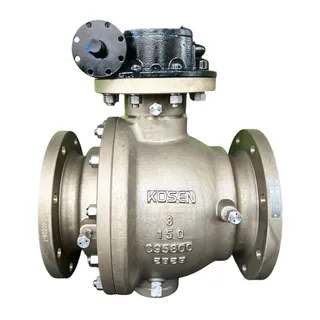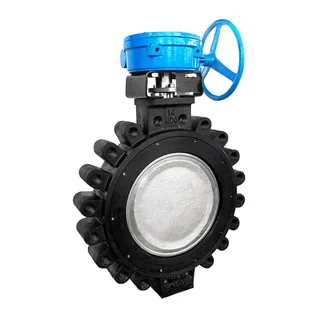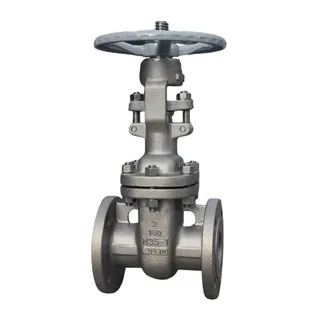25-36 of 70 results for "Industry News"
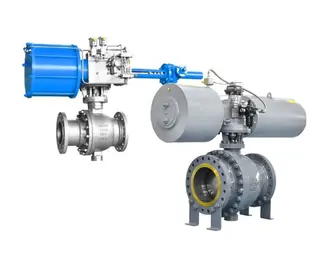
Pneumatic Ball Valve Selection Guide
Industry News
Sep 15, 2025
2
In modern industrial production, valves, as important equipment for controlling fluids, their importance is self-evident. Whether in petroleum, chemical, food processing, or pharmaceutical industries, valves play an indispensable role. They not only control the flow direction and flow rate of...

Key Steps for Safety Valve Adjustment
Industry News
Sep 13, 2025
3
In industrial production, safety valves are important devices that ensure the safe operation of equipment. They can automatically open when the equipment pressure exceeds the set value, releasing excess pressure and thereby protecting the equipment from damage. However, to ensure that the safety...
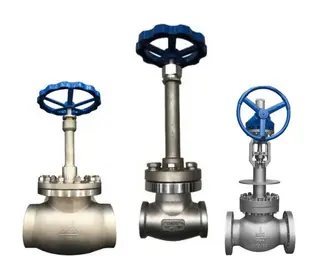
Low-Temperature Globe Valve Maintenance and Troubleshooting
Industry News
Sep 12, 2025
3
In the industrial field, low-temperature globe valves are essential equipment widely used in various low-temperature medium systems. Their primary function is to cut off or regulate the flow of media, ensuring the normal operation of the system. However, due to the unique nature of their working...
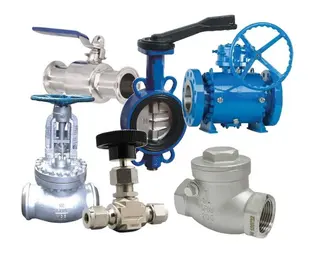
Valve Connection Methods: Choosing the Right Solution
Industry News
Sep 11, 2025
3
In industrial pipeline systems, the connection method between valves and pipelines or equipment is of vital importance, as it directly affects the system's sealing performance, stability, and service life. This article will provide a detailed introduction to several common valve connection...
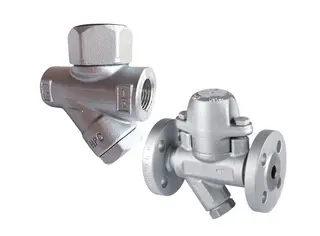
Thermostatic Steam Traps vs. Thermodynamic Steam Traps
Industry News
Sep 10, 2025
7
In modern industrial production, steam systems play an indispensable role. Whether in the heating equipment of large factories or the steam pipelines of small enterprises, the efficient use of steam is directly related to production efficiency and energy costs. As a key component in steam...
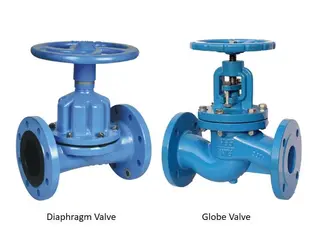
Globe Valves vs. Diaphragm Valves: How to Choose?
Industry News
Sep 09, 2025
2
In industrial pipeline systems, valves play a vital role. They are like loyal guards, precisely controlling the flow of fluids and ensuring the safe and efficient operation of the entire system. Today, let us take a closer look at two common types of valves, globe valves and diaphragm valves....
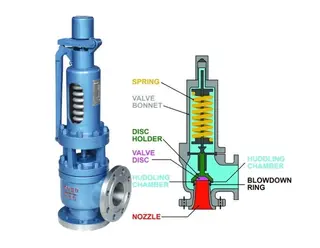
Spring-loaded Safety Valves: Common Faults and Maintenance
Industry News
Sep 08, 2025
12
In industrial production, the safe operation of pressure vessels is of vital importance, and the spring safety valve, as a key device to ensure equipment safety, plays an indispensable role. It relies on the elastic pressure of the spring to lock the sealing components such as the valve disc or...
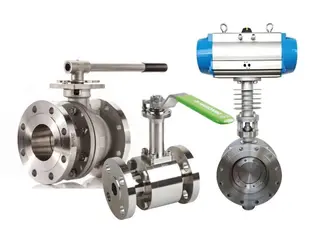
High-Temperature Valve Sealing: Technology and Challenges
Industry News
Sep 05, 2025
6
In industrial production, valve sealing technology is one of the key links to ensure the safe operation of equipment. From petroleum refining to chemical production, from pharmaceutical processes to energy generation, every stage relies on the precise control and reliable sealing of valves....
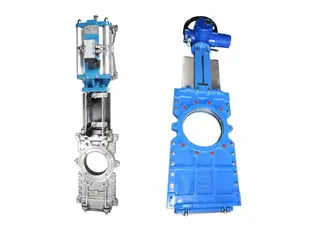
An Introduction to Through-Conduit Knife Gate Valve
Industry News
Sep 04, 2025
9
In modern industrial production, the precise control of fluids is an essential factor in ensuring smooth operation of production processes and guaranteeing product quality. Valves, as the core components of any fluid control system, directly influence the stability and efficiency of an entire...
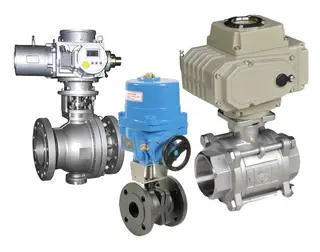
Disassembly and Maintenance of Electric Ball Valves
Industry News
Sep 03, 2025
3
In industrial production, electric ball valves play a crucial role. They not only enable the rapid opening and closing of pipeline systems but also ensure precise control of fluid media. However, to ensure the long-term stable operation of electric ball valves, regular maintenance and proper...
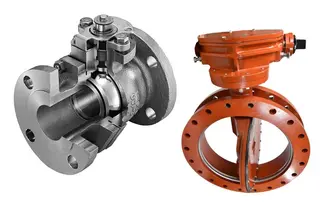
Ball Valves and Butterfly Valves: How to Choose?
Industry News
Sep 02, 2025
2
Ball valves and butterfly valves, as two common types of valves in industrial piping systems, play significant roles in numerous industrial applications due to their unique structural and performance characteristics. Ball valves are favored for their excellent sealing performance and high...

Valve Corrosion Prevention: Strategy to Combat Medium Corrosion
Industry News
Sep 01, 2025
3
In industrial production, valves are indispensable key components, much like the joints in the human body, controlling the flow of fluids. However, during use, valves are often threatened by the corrosion of various media, which not only affects their normal operation but can also lead to serious...
Total 70 Records, 12 records per page
